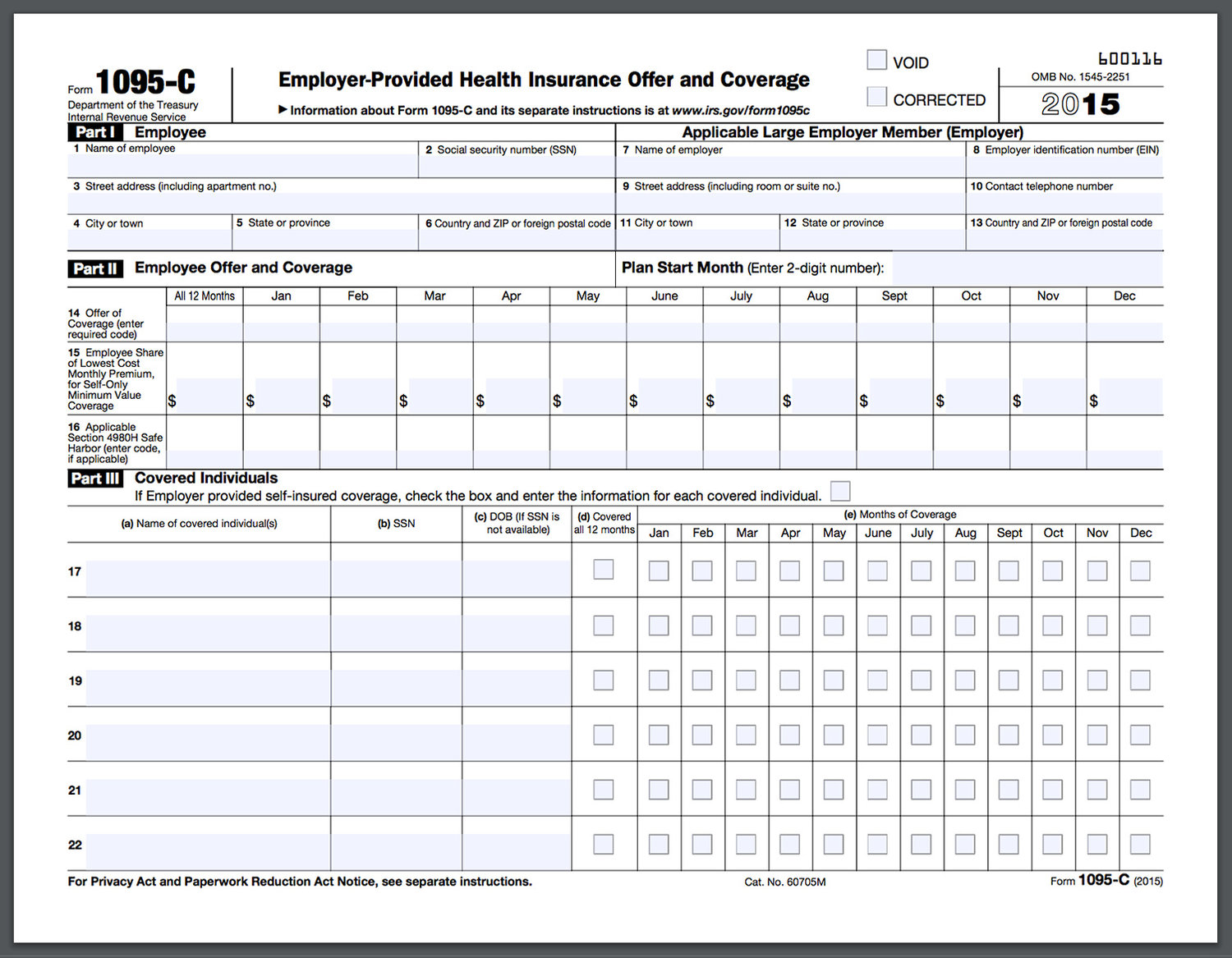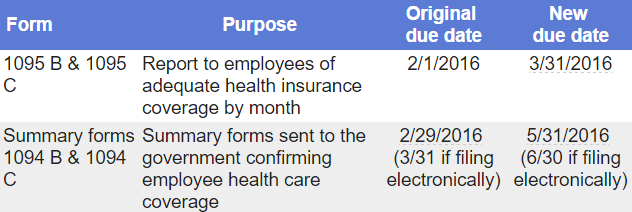Differences Between Independent Contractor and Employee
January 6, 2025
Understanding the differences between an independent contractor and an employee is essential for both businesses and its workers. This classification affects not only the nature of the working relationship but also legal rights, tax obligations and benefits entitlement. Misclassification can lead to unnecessary financial and legal repercussions.
Defining the Two Kinds of Roles
An employee is someone hired by a company to perform specific tasks under its control and direction. They typically work for a single employer, have set hours and operate within company-provided guidelines. Employees may be entitled to benefits such as health insurance, paid leave and unemployment benefits.
An independent contractor, on the other hand, is essentially self-employed and may provide services to multiple clients on a contractual basis. They maintain control over how their work is performed, typically using their own tools and methods. Contractors aren’t typically eligible for employee benefits and—importantly—are responsible for their own taxes and business expenses.
Control Over Work
One of the most significant distinctions lies in the degree of control. Employers have substantial control over how employees perform their tasks, including when, where, and how the work is done. Employees often follow company-specific procedures and policies and may report to a supervisor.
Independent contractors operate with a high degree of autonomy. They determine their schedules, choose the tools they use, and decide how to achieve the contracted results. A client can specify the desired outcome but not the method by which it is accomplished.
Financial Differences
The financial arrangements also vary considerably between the two classifications. Employees are typically paid a regular wage or salary and may receive overtime pay for hours worked beyond standard limits. Employers withhold income tax, Social Security, and Medicare taxes from employee wages.
Independent contractors invoice their clients for services rendered and are not subject to tax withholdings. Instead, they pay estimated taxes quarterly, covering income tax, self-employment tax, and Social Security and Medicare contributions. Contractors also bear the costs of their tools, supplies, and other business-related expenses.
Tax Implications
Tax treatment is another major differentiating factor. Employers are required to issue Form W-2 to employees, reflecting wages paid and taxes withheld during the year. They must also contribute to unemployment insurance and pay half of the employee's Social Security and Medicare taxes.
For independent contractors, clients issue Form 1099-NEC for payments exceeding $600 annually. Contractors are responsible for their own tax filings, including self-employment tax, which covers both the employer and employee portions of Social Security and Medicare.
Benefits and Protections
Employees enjoy several legal protections and benefits under laws such as the Fair Labor Standards Act (FLSA) and the Family and Medical Leave Act (FMLA). These include minimum wage requirements, overtime pay, workplace safety standards, and access to unemployment benefits. Employers often provide additional perks like health insurance, retirement plans, and paid leave.
Independent contractors are not covered by these protections and do not receive traditional employee benefits. They must secure their own insurance, retirement savings plans, and other necessities. This autonomy, however, allows them to negotiate higher rates to compensate for the lack of benefits.
Length and Scope of Work
Employees are typically engaged in long-term or indefinite roles, contributing to the core operations of a company. Their job descriptions and duties are often outlined in detail, leaving little room for variation.
Independent contractors usually take on short-term projects or assignments with specific deliverables. Contracts define the scope of work, payment terms, and deadlines, and the relationship generally ends upon project completion.
Risk and Liability
Employees face minimal financial risk in their roles since they receive regular pay and benefits, even during periods of reduced business activity. Employers are generally responsible for the costs of mistakes made by employees within the scope of their work.
Independent contractors, however, assume greater financial risk. They are responsible for covering mistakes, ensuring quality, and maintaining client relationships. While this can lead to higher earnings, it also requires careful risk management and sometimes liability insurance.
Tools and Equipment
Employers typically provide employees with the tools and equipment necessary to perform their jobs. This includes office supplies, machinery, and software, with the employer bearing the associated costs.
Independent contractors, conversely, furnish their own tools and materials. This investment gives contractors more flexibility and control over how they work but also adds to their overall expenses.
Legal and Regulatory Compliance
Employers must comply with various laws and regulations concerning employees, such as anti-discrimination laws, workplace safety standards, and wage laws. Misclassification of employees as independent contractors can result in significant penalties, including back pay, fines, and legal fees.
Independent contractors are not subject to these workplace laws but are bound by the terms of their contracts. They must ensure compliance with industry standards and any applicable licensing or certification requirements.
Flexibility and Independence
For employees, flexibility is often limited. They work set hours and are bound by company policies, with limited freedom to pursue additional employment or projects. Employers typically define their work schedules and locations.
Independent contractors enjoy greater independence and flexibility. They can set their own hours, work from locations of their choice, and take on multiple clients simultaneously. This freedom allows for diverse income streams but requires strong time-management skills.
Choosing the Right Classification
The decision to classify a worker as an employee or independent contractor depends on several factors, including the nature of the work, the degree of control exercised by the employer, and the preferences of both parties. Businesses must carefully evaluate these aspects to avoid misclassification, which can lead to legal and financial consequences.
For workers, choosing between employment and independent contracting depends on personal priorities. Those seeking stability, benefits, and long-term growth may prefer traditional employment. Conversely, individuals valuing flexibility, autonomy, and entrepreneurial opportunities may find independent contracting more appealing.
Accurately classifying your workers, be they independent contractors or employees, is essential in order to ensure compliance on a tax level and on a general employment level. For more details and to clear up any confusion as to whether a worker is an independent contractor or an employee, consult with your CPA.
by Kate Supino










